-
 Bitcoin
Bitcoin $84,398.9646
0.76% -
 Ethereum
Ethereum $1,869.1926
-0.36% -
 Tether USDt
Tether USDt $0.9998
-0.04% -
 XRP
XRP $2.1086
-0.70% -
 BNB
BNB $604.6731
-1.42% -
 Solana
Solana $124.7454
-3.24% -
 USDC
USDC $0.9998
-0.06% -
 Dogecoin
Dogecoin $0.1697
-1.97% -
 Cardano
Cardano $0.6711
-0.95% -
 TRON
TRON $0.2356
0.32% -
 Toncoin
Toncoin $4.0118
-2.80% -
 Chainlink
Chainlink $13.4245
-3.82% -
 UNUS SED LEO
UNUS SED LEO $9.3691
1.70% -
 Stellar
Stellar $0.2659
-1.31% -
 Avalanche
Avalanche $19.0943
-1.86% -
 Sui
Sui $2.3597
-0.41% -
 Shiba Inu
Shiba Inu $0.0...01227
-4.71% -
 Hedera
Hedera $0.1651
-1.72% -
 Polkadot
Polkadot $4.0774
-2.53% -
 Litecoin
Litecoin $81.8132
-3.83% -
 MANTRA
MANTRA $6.2052
-1.64% -
 Bitcoin Cash
Bitcoin Cash $303.6704
-2.64% -
 Bitget Token
Bitget Token $4.5807
-1.88% -
 Dai
Dai $1.0001
0.00% -
 Ethena USDe
Ethena USDe $0.9997
-0.02% -
 Pi
Pi $0.6743
-6.00% -
 Hyperliquid
Hyperliquid $13.2193
-4.35% -
 Monero
Monero $214.6905
-1.51% -
 Uniswap
Uniswap $6.0882
-1.58% -
 Aptos
Aptos $5.2686
-1.87%
What Is a Bear Call Spread?
With a bear call spread, traders sell a call at a higher strike price and buy one at a lower price to earn a net premium while betting on a price decline or stability in an underlying security with limited risk.
Oct 17, 2024 at 05:48 pm

1. Understanding Bear Call Spreads
Definition:
A bear call spread is an options trading strategy that involves selling a higher-strike call option and buying a lower-strike call option on the same underlying security, both with the same expiration date.
2. Structure of a Bear Call Spread:
- Leg 1: Sell a call option with a higher strike price (OTM or slightly ITM).
- Leg 2: Buy a call option with a lower strike price (usually OTM or deeply ITM).
- Net Premium: The net premium received from selling the higher-strike call is greater than the premium paid for buying the lower-strike call.
3. Profit and Loss Profile:
- Profit: Bear call spreads profit when the underlying security price falls or remains below the strike price of the sold call.
- Loss: Bear call spreads incur a loss when the underlying security price rises above the strike price of the sold call.
4. Breakeven Point:
The breakeven point for a bear call spread is the underlying security price at which the profit and loss break even. It is calculated as follows:
Breakeven Point = (Strike Price of Sold Call - Strike Price of Bought Call) + (Net Premium Received)5. Strategy Analysis:
- Bullish Outlook: Bear call spreads are suitable when the trader has a bearish outlook on the underlying security and expects its price to fall or remain below the strike price of the sold call.
- Limited Risk: The maximum loss is limited to the net premium received.
- Neutral Theta: Bear call spreads have neutral theta to options, meaning they do not gain or lose value over time due to the passage of time.
- Income Generation: Bear call spreads can generate income if the underlying security price remains below the breakeven point.
Disclaimer:info@kdj.com
The information provided is not trading advice. kdj.com does not assume any responsibility for any investments made based on the information provided in this article. Cryptocurrencies are highly volatile and it is highly recommended that you invest with caution after thorough research!
If you believe that the content used on this website infringes your copyright, please contact us immediately (info@kdj.com) and we will delete it promptly.
- MEXC Clears the Air on Kaspa Controversy – Here's Why the Community Shouldn't Be Worried
- 2025-04-02 16:35:12
- 9GAG Has Reportedly Taken Control of Hong Kong-listed Howkingtech
- 2025-04-02 16:35:12
- KOR Protocol, a well-known blockchain-based platform revolutionizing entertainment industry and intellectual property management, has announced an exclusive launch.
- 2025-04-02 16:30:12
- Amid the market's ongoing recovery, Floki Inu (FLOKI) forms a bullish price action pattern
- 2025-04-02 16:30:12
- Stables, the blockchain-powered fantasy horse racing game, expands into North America
- 2025-04-02 16:25:12
- XRP Price Stalled After Failing to Break Above the $2.20 Resistance Zone
- 2025-04-02 16:25:12
Related knowledge

How does Chainlink connect smart contracts with real-world data?
Apr 02,2025 at 03:56pm
Chainlink is a decentralized oracle network that plays a crucial role in connecting smart contracts on blockchain platforms with real-world data. Smart contracts are self-executing contracts with the terms of the agreement directly written into code, but they can only interact with on-chain data. To access real-world data, such as stock prices, weather ...
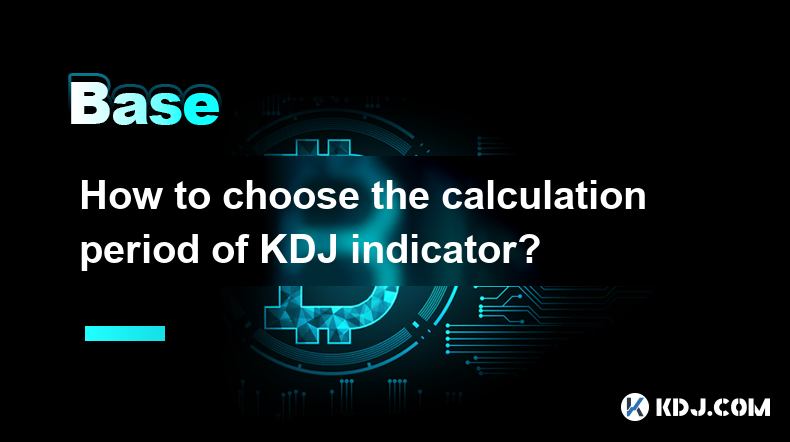
How to choose the calculation period of KDJ indicator?
Apr 02,2025 at 01:00pm
The KDJ indicator, also known as the Stochastic Oscillator, is a popular technical analysis tool used by cryptocurrency traders to identify potential buy and sell signals. The calculation period of the KDJ indicator is crucial in determining its effectiveness in predicting market trends. In this article, we will explore the factors to consider when choo...
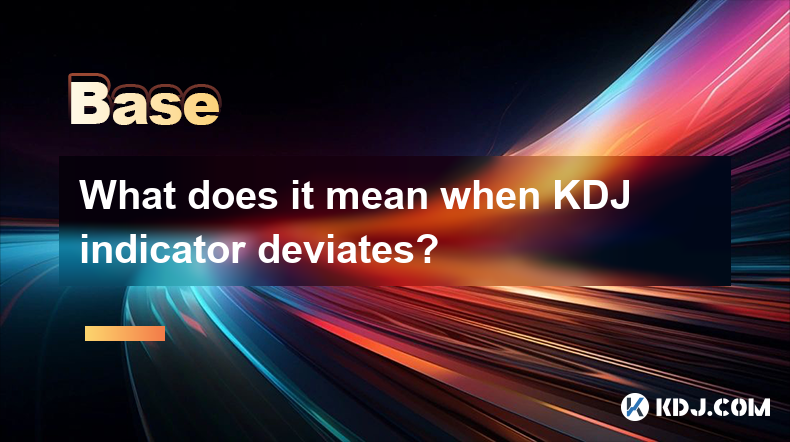
What does it mean when KDJ indicator deviates?
Apr 01,2025 at 03:08pm
The KDJ indicator, also known as the Stochastic Oscillator, is a popular technical analysis tool used in the cryptocurrency market to predict price movements. When the KDJ indicator deviates, it means that the current price of a cryptocurrency is moving away from its typical range, as indicated by the KDJ lines. This deviation can signal potential trend...
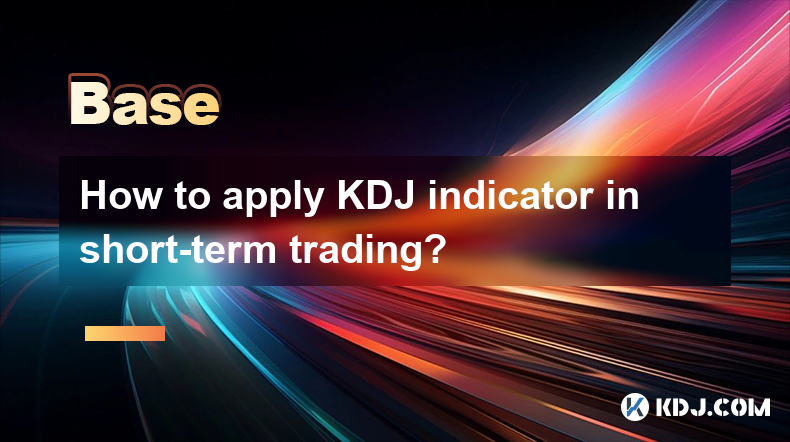
How to apply KDJ indicator in short-term trading?
Mar 31,2025 at 10:28pm
The KDJ indicator, also known as the Stochastic Oscillator, is a popular technical analysis tool used by traders to identify potential buy and sell signals in the cryptocurrency market. In short-term trading, the KDJ indicator can be particularly useful due to its sensitivity to price movements. This article will explore how to effectively apply the KDJ...
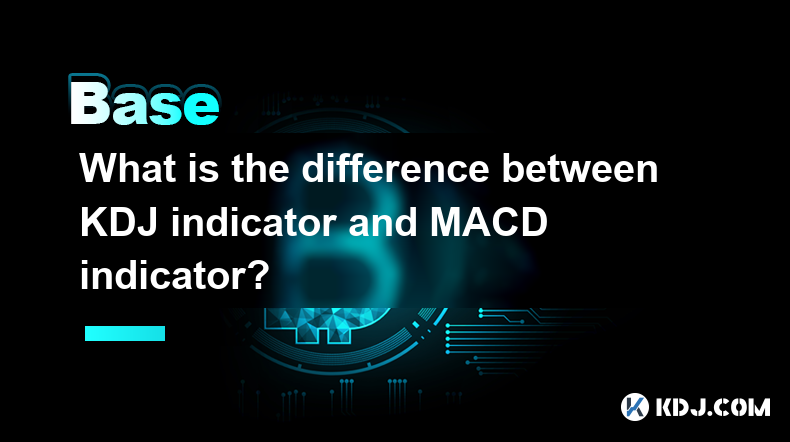
What is the difference between KDJ indicator and MACD indicator?
Apr 01,2025 at 08:21pm
The KDJ indicator and the MACD indicator are two popular technical analysis tools used by cryptocurrency traders to predict market trends and make informed trading decisions. While both indicators aim to help traders identify potential buy and sell signals, they differ in their construction, interpretation, and application. In this article, we will expl...
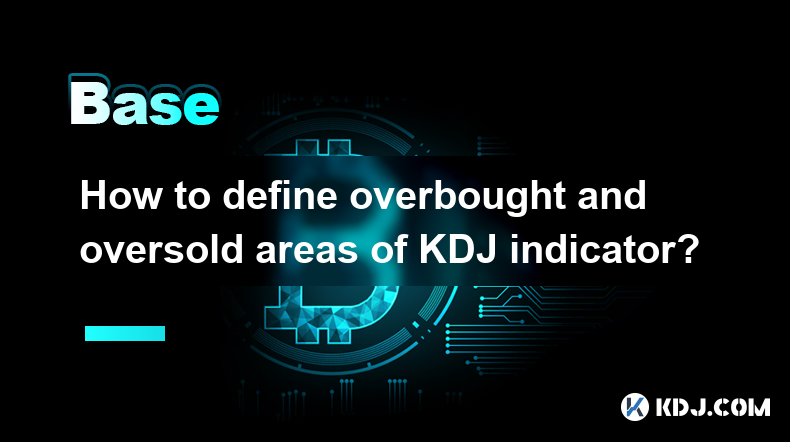
How to define overbought and oversold areas of KDJ indicator?
Apr 01,2025 at 06:42am
The KDJ indicator, also known as the Stochastic Oscillator, is a popular technical analysis tool used by traders to identify potential overbought and oversold conditions in the cryptocurrency market. Understanding how to define these areas can help traders make more informed decisions about when to buy or sell their assets. In this article, we will expl...

How does Chainlink connect smart contracts with real-world data?
Apr 02,2025 at 03:56pm
Chainlink is a decentralized oracle network that plays a crucial role in connecting smart contracts on blockchain platforms with real-world data. Smart contracts are self-executing contracts with the terms of the agreement directly written into code, but they can only interact with on-chain data. To access real-world data, such as stock prices, weather ...

How to choose the calculation period of KDJ indicator?
Apr 02,2025 at 01:00pm
The KDJ indicator, also known as the Stochastic Oscillator, is a popular technical analysis tool used by cryptocurrency traders to identify potential buy and sell signals. The calculation period of the KDJ indicator is crucial in determining its effectiveness in predicting market trends. In this article, we will explore the factors to consider when choo...

What does it mean when KDJ indicator deviates?
Apr 01,2025 at 03:08pm
The KDJ indicator, also known as the Stochastic Oscillator, is a popular technical analysis tool used in the cryptocurrency market to predict price movements. When the KDJ indicator deviates, it means that the current price of a cryptocurrency is moving away from its typical range, as indicated by the KDJ lines. This deviation can signal potential trend...

How to apply KDJ indicator in short-term trading?
Mar 31,2025 at 10:28pm
The KDJ indicator, also known as the Stochastic Oscillator, is a popular technical analysis tool used by traders to identify potential buy and sell signals in the cryptocurrency market. In short-term trading, the KDJ indicator can be particularly useful due to its sensitivity to price movements. This article will explore how to effectively apply the KDJ...

What is the difference between KDJ indicator and MACD indicator?
Apr 01,2025 at 08:21pm
The KDJ indicator and the MACD indicator are two popular technical analysis tools used by cryptocurrency traders to predict market trends and make informed trading decisions. While both indicators aim to help traders identify potential buy and sell signals, they differ in their construction, interpretation, and application. In this article, we will expl...

How to define overbought and oversold areas of KDJ indicator?
Apr 01,2025 at 06:42am
The KDJ indicator, also known as the Stochastic Oscillator, is a popular technical analysis tool used by traders to identify potential overbought and oversold conditions in the cryptocurrency market. Understanding how to define these areas can help traders make more informed decisions about when to buy or sell their assets. In this article, we will expl...
See all articles

























































































